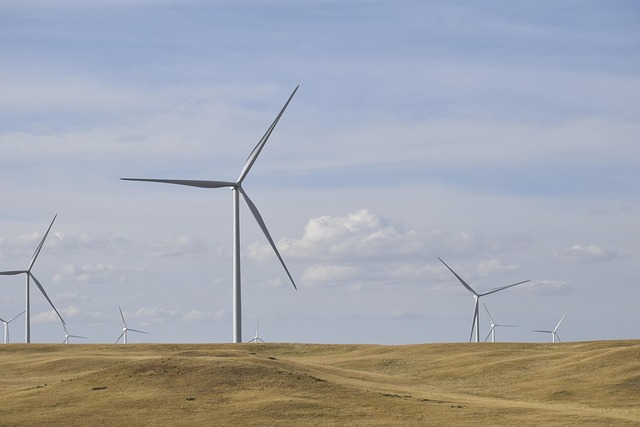As we navigate through the 21st century, the urgency of sustainable development resonates more profoundly than ever. The rapid advancement of green energy usage has sparked a revolutionary shift in how we think about mobility. Today, the ecological footprint of our transportation choices weighs heavily on our planet, influencing the decisions we make every day. With increasing awareness of climate change and its impacts, integrating green technologies into our mobility solutions has become not just an option, but a necessity.
Green energy usage is championing a new era of transportation that prioritizes sustainability without compromising on convenience or efficiency. Electric vehicles (EVs), for example, have shifted the paradigm of personal mobility, presenting a viable alternative to traditional fossil-fuel-powered vehicles. By harnessing renewable energy sources such as solar and wind, these vehicles allow us to significantly lower our carbon emissions, driving us closer to a carbon-neutral society. With advancements in battery technology and charging infrastructure, adopting EVs is becoming more accessible and appealing to the masses.
Moreover, public transport systems are undergoing a transformation as cities recognize the need for eco-friendlier options. Electric buses, trams, and trains powered by green energy usage are not only reducing emissions but also enhancing urban air quality. The integration of smart technology in public transport means real-time data can inform users of the most efficient, eco-friendly travel options, urging people to embrace shared mobility solutions like car-sharing and bike-sharing programs.
Investing in green technologies extends beyond just vehicles. For instance, urban planning is increasingly prioritizing walkability and cycling infrastructure, promoting greener alternatives. When cities are designed to be pedestrian-friendly, we not only reduce the demand for cars but also enhance community connections and well-being. By embracing these fundamental shifts in mobility, we collectively contribute to a reduced ecological footprint, ensuring a more sustainable future.
The convergence of green energy usage and mobility is also catalyzing the development of innovative solutions. From solar-powered charging stations that integrate seamlessly into our urban landscapes to the rise of hydrogen fuel cell vehicles, the possibilities are endless. This era of sustainability invites creativity and collaboration, urging industries, governments, and individuals to work together towards a common goal—reducing our impact on the environment while enhancing the way we live and move.
As individuals, we hold the power to drive this change. By making conscious choices—like opting for public transport or electric vehicles, carpooling, or even cycling for short distances—we take strides towards minimizing our ecological footprint. Every small action compounds into significant change, contributing to a collective effort that empowers future generations to enjoy a healthier planet.
Thus, embracing green energy usage in our mobility choices is about more than just technological advancement; it embodies a commitment to environmental stewardship. Together, we can accelerate the transition towards a sustainable, carbon-neutral world, where mobility serves the people and the planet. As we continue to explore the intersection of technology and sustainability, we remain hopeful that a greener future is not just on the horizon—it is already underway.




